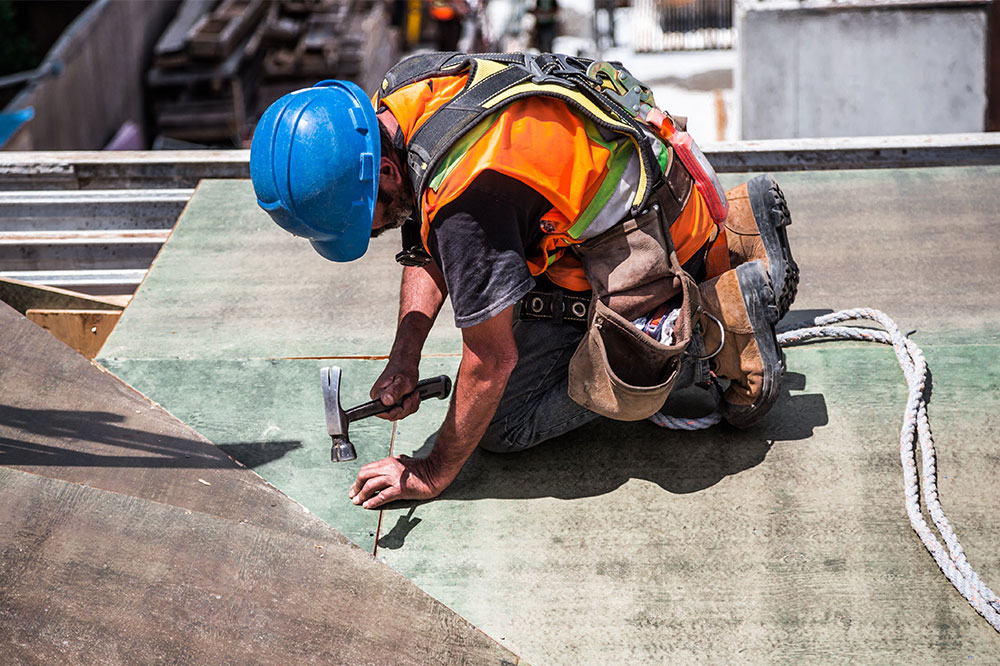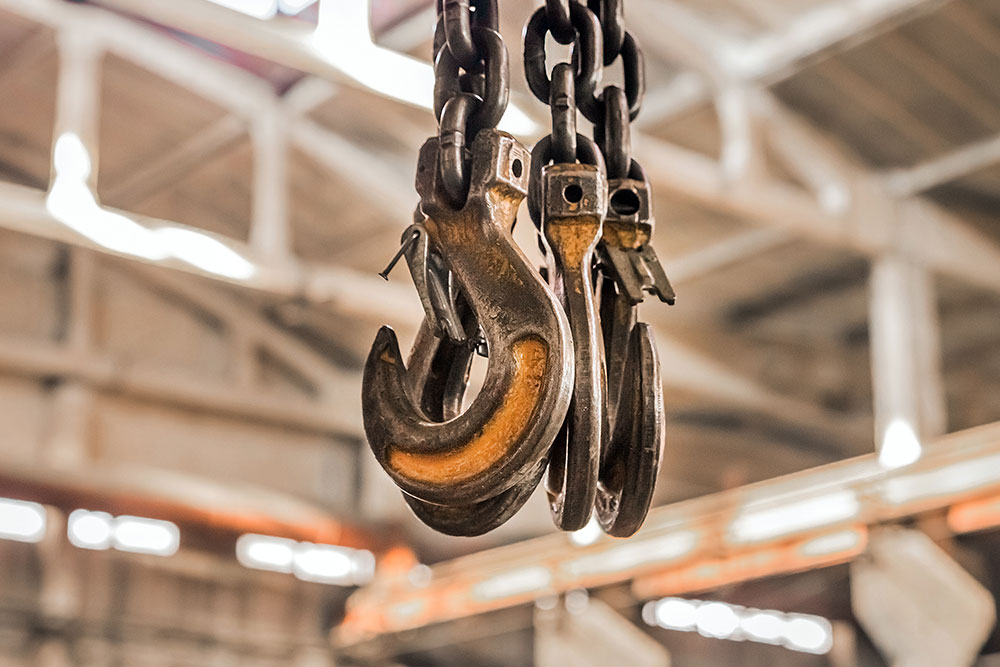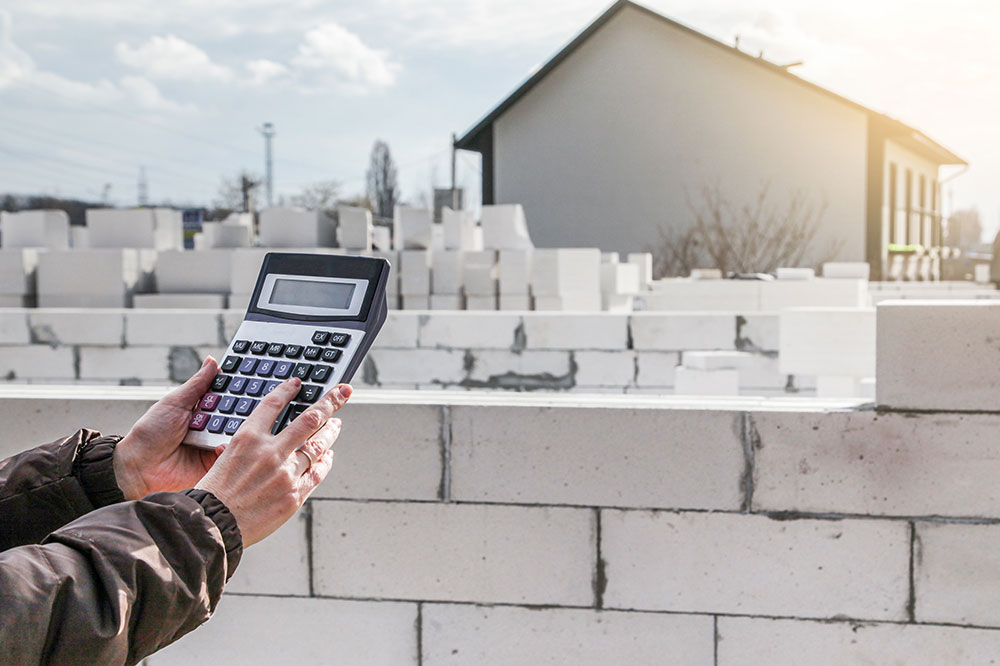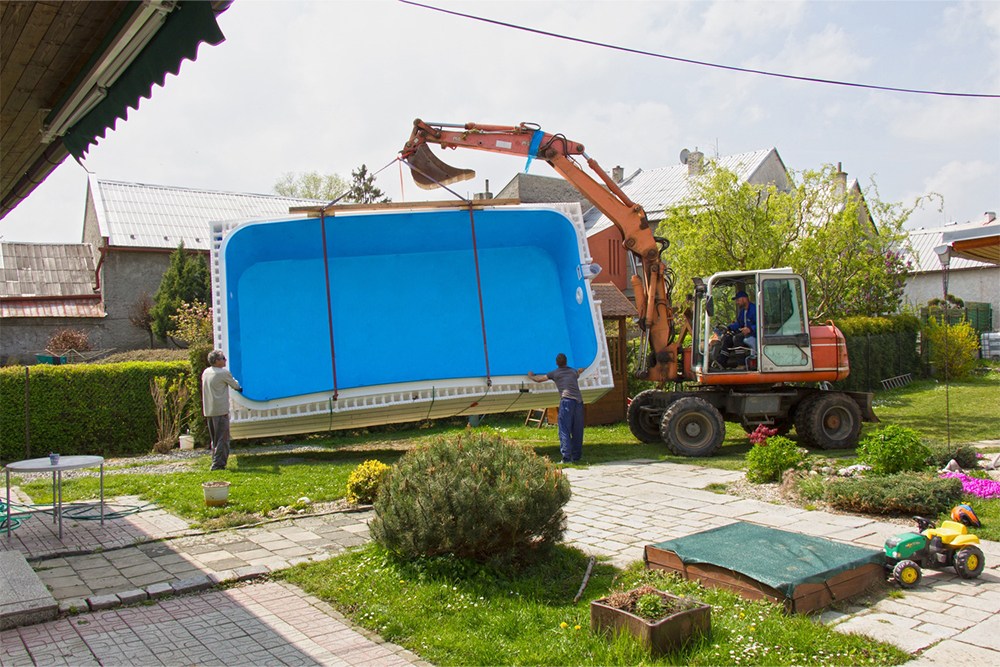Comprehensive Guide to Accurate Building Project Cost Estimation
This comprehensive guide provides essential insights into estimating building project expenses accurately. It covers key cost factors like materials, labor, location, and project scope, offering practical tips for reliable budget planning. Whether you're a homeowner or a contractor, understanding these elements helps prevent budget overruns and ensures a successful construction project from start to finish.
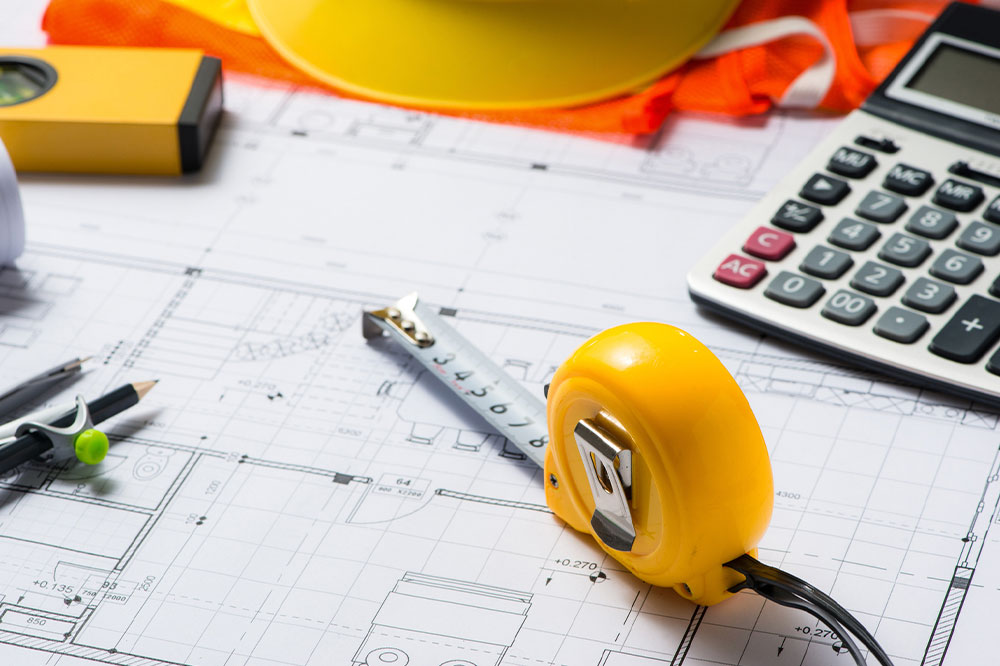
Comprehensive Guide to Accurate Building Project Cost Estimation
Estimating the expenses of a construction project accurately is essential for successful project planning and execution. This process involves analyzing every necessary resource, including labor, materials, equipment, contractor fees, transportation, permits, and unforeseen contingencies. From the moment the project design is finalized, a detailed and reliable cost estimate becomes a crucial tool for stakeholders. Many construction professionals leverage advanced software tools or estimation models to streamline and improve the accuracy of their calculations. Whether you're an experienced contractor or a homeowner embarking on a new build, understanding the key factors influencing costs and how to predict expenses effectively can make a significant difference in avoiding budget overruns and ensuring project success.
Fundamental Factors Affecting Construction Costs
Several dynamic variables directly influence the overall budget required for both residential and commercial building projects. These include geographic location, choice of materials, labor market conditions, project scope, complexity, and finish quality. Recognizing these factors allows project managers and homeowners to create more precise estimates and plan accordingly.
Key Elements Influencing Building Costs:
Economic Conditions: Interest rates, inflation, and overall economic stability significantly impact construction expenses. Rising interest rates can increase borrowing costs for project financing, while inflation affects prices for materials and labor over time.
Project Scale: The size and extent of the project determine resource requirements. Larger buildings necessitate more materials, longer labor hours, and increased equipment use, all of which escalate costs. Additionally, longer project timelines can accumulate more expenses due to extended resource commitments.
Material Choices: Another major cost factor is the selection of construction materials. Opting for high-end, rare, or custom finishes raises per-square-foot costs. Conversely, using standard materials can significantly reduce overall expenditure.
Labor Expenses: Labor costs are highly variable depending on location and whether unionized workers are involved. Areas with predominant union labor may see higher wages, impacting total project costs. Skilled labor availability and local wage standards also influence expenses.
Legal and Regulatory Compliance: Building codes, zoning laws, permits, and inspections contribute to overall project costs. Ensuring compliance can require additional resources, time, and sometimes modifications to initial plans, which can add to the budget.
Average Construction Costs:
In the United States, the typical cost to build a single-family home hovers around $330,000. However, this figure can range widely—from approximately $100,000 for modest rural homes to over $1 million for luxury urban residences. Currently, the median national cost for new single-family projects is approximately $446,000. It’s crucial for prospective builders to conduct detailed market research, obtain multiple quotes, and work closely with experienced contractors to get accurate estimates tailored to specific locations and project specifications.
Practical Tips for Accurate Construction Budget Estimation:
Seasonal and Timing Factors: Construction costs are not static and can fluctuate seasonally. For example, during economic growth periods with low unemployment, wages tend to rise, increasing labor costs. Conversely, winter construction may incur additional expenses for heating and weather-related delays but could also offer more available workers and lower costs for some materials.
Account for Additional Expenses: Not all costs are immediately apparent. Budgeting for extras such as site preparation, permit fees, soil testing, environmental assessments, and unexpected issues like delays or unforeseen site conditions is essential for maintaining financial control.
Choose Reputable Contractors: Partnering with experienced, licensed, and reputable builders who understand local regulations and material pricing can help ensure project timelines and budgets are met. Good communication and clear scope definitions reduce the risk of misunderstandings and scope creep.
Opt for Standard or Pre-Designed Plans: Utilizing pre-designed or semi-custom construction plans can significantly reduce initial design and planning costs. Many modular and stock plans are available at various price points, providing cost-effective solutions that still meet diverse aesthetic and functional needs.
Minimize Change Orders and Scope Creep: Changes during construction are common but can be costly. Effective project management, thorough planning, and setting realistic expectations help prevent last-minute modifications that can inflate expenses. Maintaining transparency with your contractor about budget constraints is vital.
In summary, precise and comprehensive cost estimation at the outset of a construction project is crucial for avoiding budget overruns and ensuring smooth progress. By understanding the multiple variables that impact costs and building in contingency funds, stakeholders can better manage their resources and achieve their construction goals efficiently.
